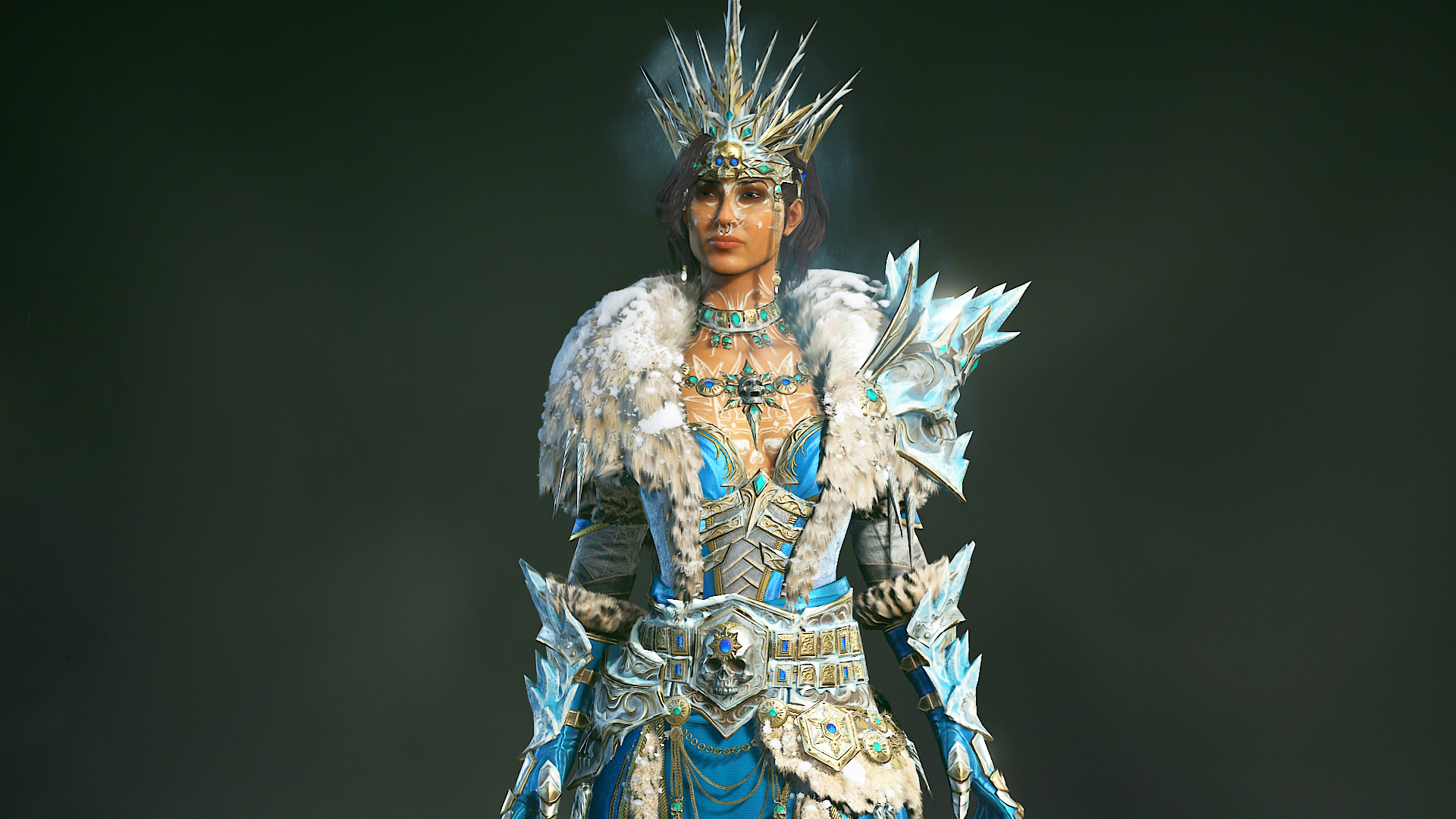
That's a lot of malfeasance tokens.
As spotted by Gamepressure, the LinkedIn profile of Harrison Froeschke made for some interesting reading—at least, before he realized and hid it. As the senior product manager on Diablo 4, Froeschke had good reason to boast about the action RPG’s profits, and to be more specific than usual about how they broke down.
As Froeschke wrote, his role at Blizzard included “Leading the monetization strategy of the store cosmetics, pricing, bundle offers, personalized discounts, and roadmap planning which have driven over $150M MTX lifetime revenue” as well as executing “every step of game sales since game pre-order to the first expansion by configuring and collaborating with other teams resulting in over $1B total lifetime revenue”.
Those eye-watering numbers shouldn’t be too surprising, given that Diablo 4 is Blizzard’s fastest-selling game of all time. Still, it’s interesting to see a full-price game can make 15% of its total revenue from an in-game shop—though admittedly some players got it as part of Game Pass. It’s wins like this that continue motivating the videogame industry to try to repeat the success, despite the number of high-profile failures we’ve seen along the way.
Diablo 4’s first expansion, Vessel of Hatred, is due on October 8. As well as continuing the story, it’ll be adding a new class called the spiritborn who specializes in martial arts and spirit animals, a jungle region, recruitable NPC mercenaries, a co-op dungeon, more skills for each class, and a runeword system that lets you create custom skills, even borrowing them from other classes.






